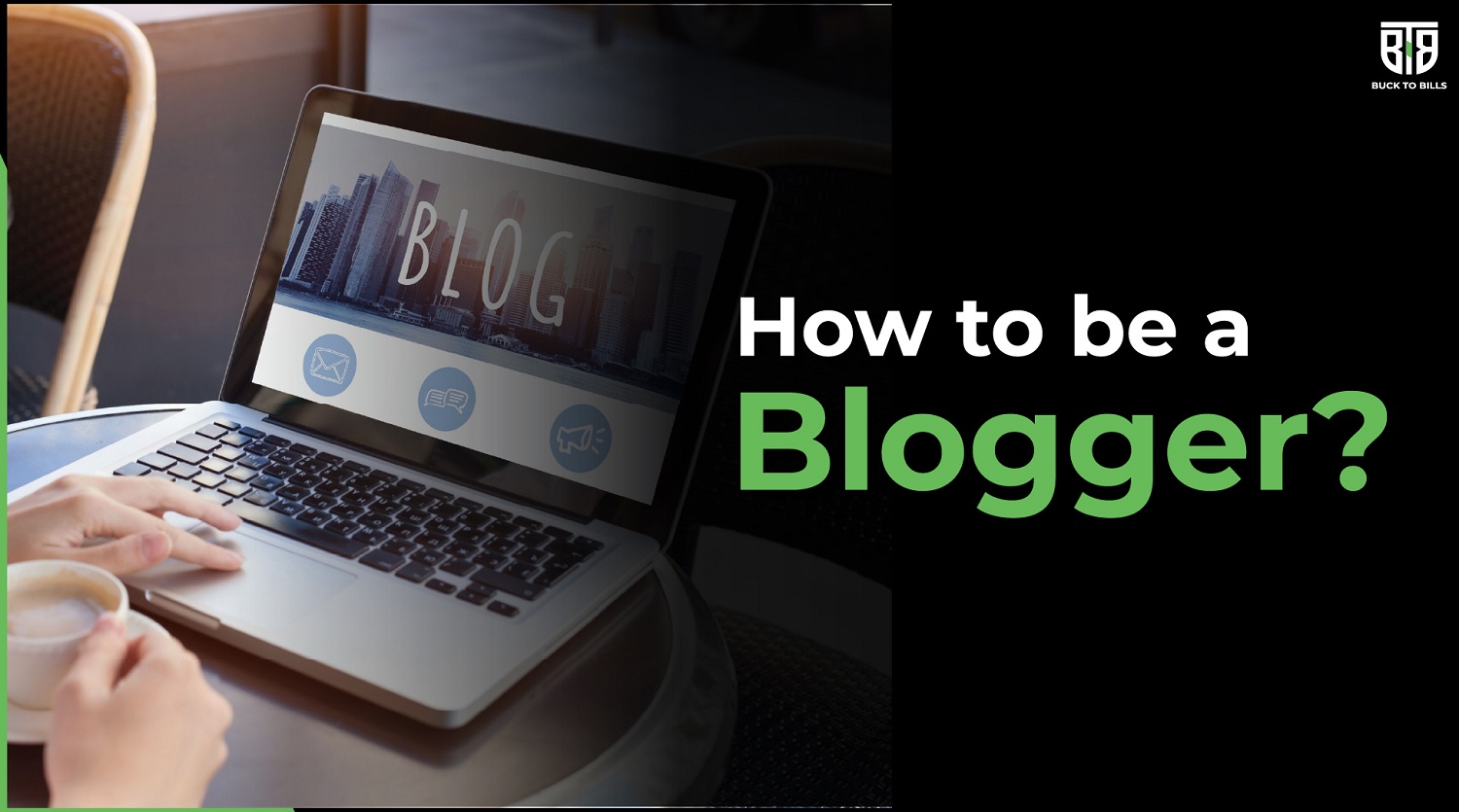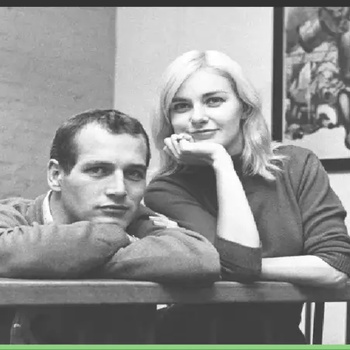There are tons of people blogging, leaving their jobs, and making enough money. Do you also want to become a successful blogger in 2021 but confused about how to start? This beginner article helps you get started in that direction. Spare just 10 minutes to learn everything regarding how to start a blog and the prospects involved.
Before starting on anything, let me tell you: I have been in your shoes. The only difference that exists between you and me is that I have started already. Of course, I have stumbled across the path, but that didn't discourage me to quit halfway. Let me put my experience here for the benefit of all to make your journey a little easier and quicker.
Let's dive in:
STEP 1: Choosing a niche
If you want to start blogging, you need to have a niche first. Your ideas need not necessarily be revolutionary rather you just need a niche of your interest and skill that keeps you going and the audience engaged. Remember, a good idea becomes a great idea when you let it out. Every blogger has a distinct style of expressing their experiences. And you might probably be having that vibrant personality that you don't even know existed in you. Discover that. You might ask me, How to do that?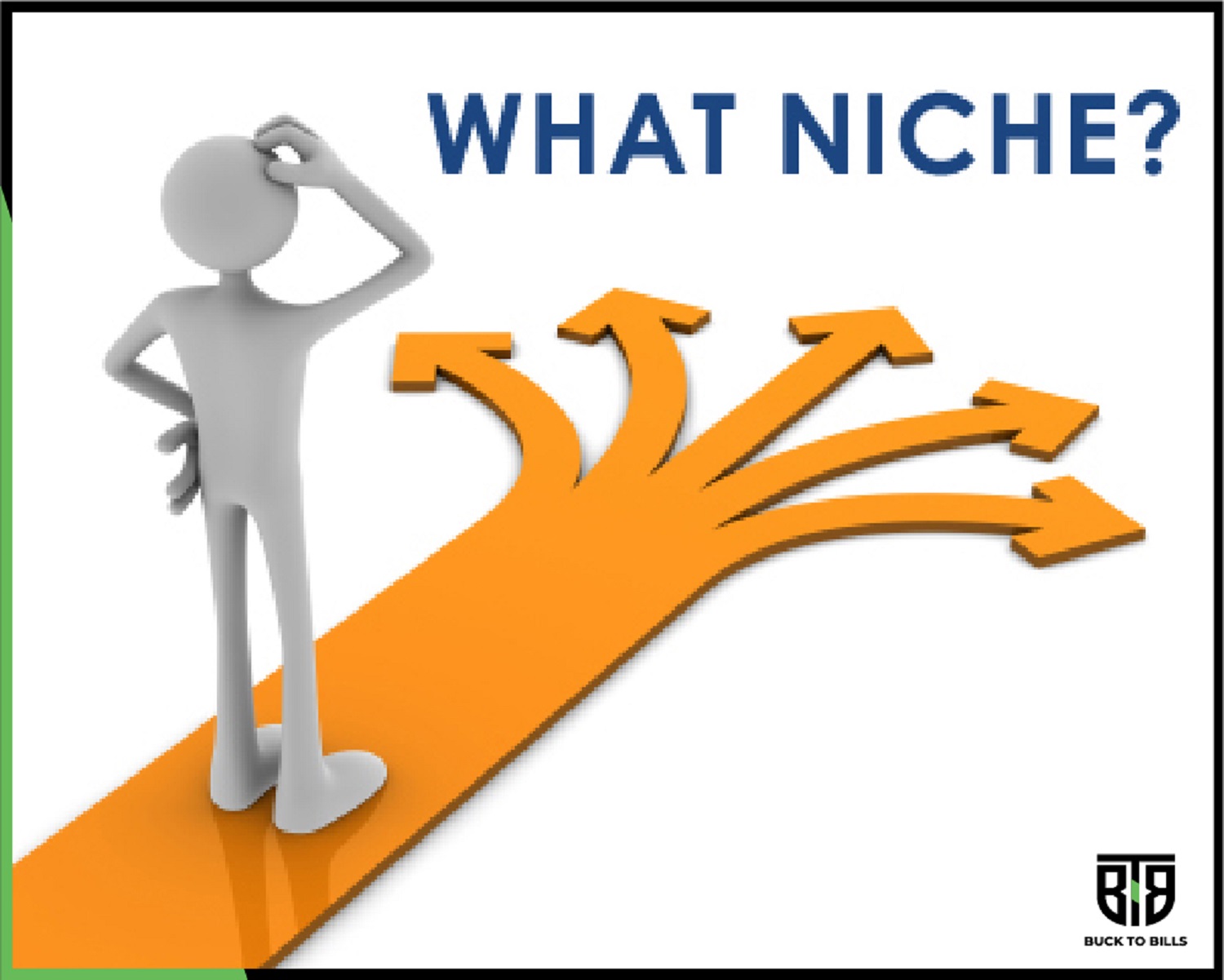
There are two questions you need to ask yourself to conclude.
Am I interested in this topic?
Your love for the topic is reflected in your writings. Give up the idea of starting a blog, if you are not interested in your niche. That's a total waste of time and effort. You may not want to end up in utter disappointment. Your niche must have a curious element that keeps you constantly engaged with it. If not, you run out of ideas on the very second day. Building content consistently is what fetches your audience. If you are still confused, ask your near ones what they think you are good at. That might ring the right bells for you.The key is to choose a niche that you are interested in, one that you enjoy talking and writing about.
Are there other people who share similar interests as you do?
You never know what the odds are. Do a quick Google search to get an idea about the extent of the audience that you are going to aim at.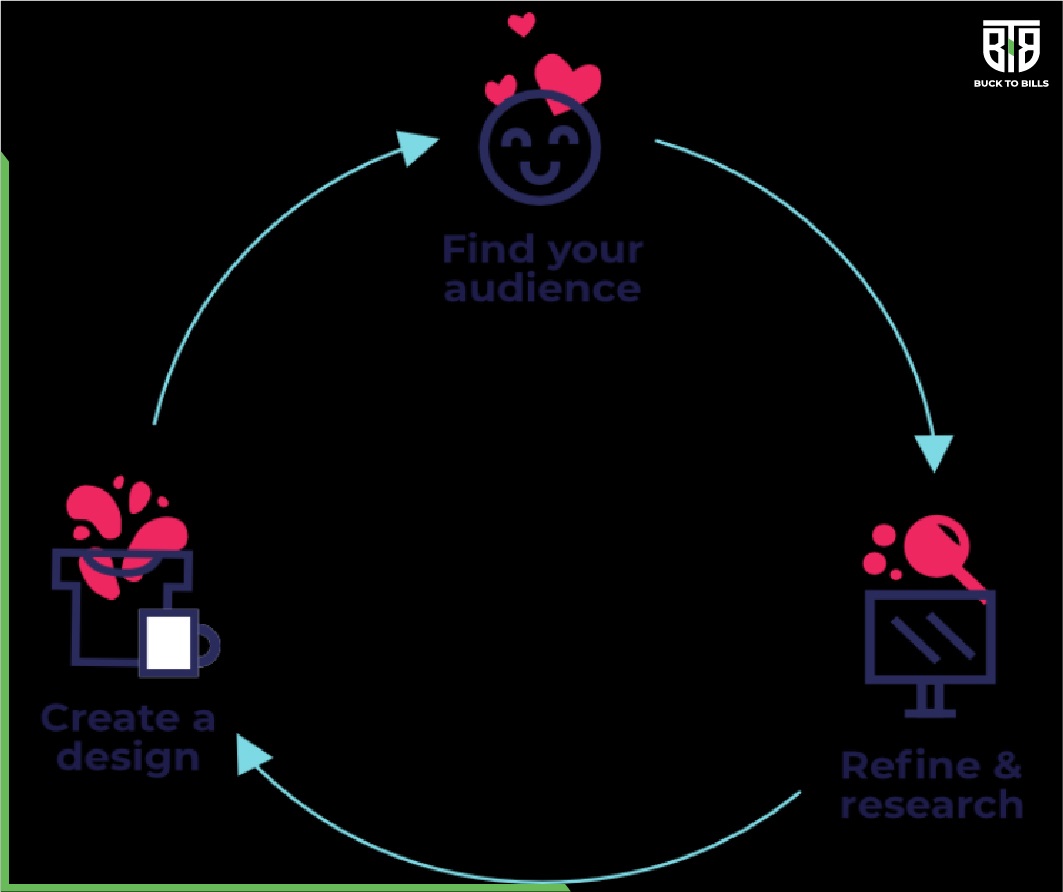
STEP 2: Choosing a name:
Your blog name is going to your brand, and that's how people are going to remember you. But don't overwhelm yourself. Name alone doesn't build a brand. It gets built over time. Even if you are stuck at the name, worry not! Keep moving forward.Start the brainstorming exercise to turn your ideas into a name. Grab a pen and paper, and quickly jot down all the names that hit your mind. Try words and a combination of words or phrases. Once you' re done, start filtering out the appealing ones.
Once you' ve decided on the name, you must look for similar domain names. But, how do you know that a particular domain name is available or not? Don't worry, there are a good number of domain name checkers that do your work.
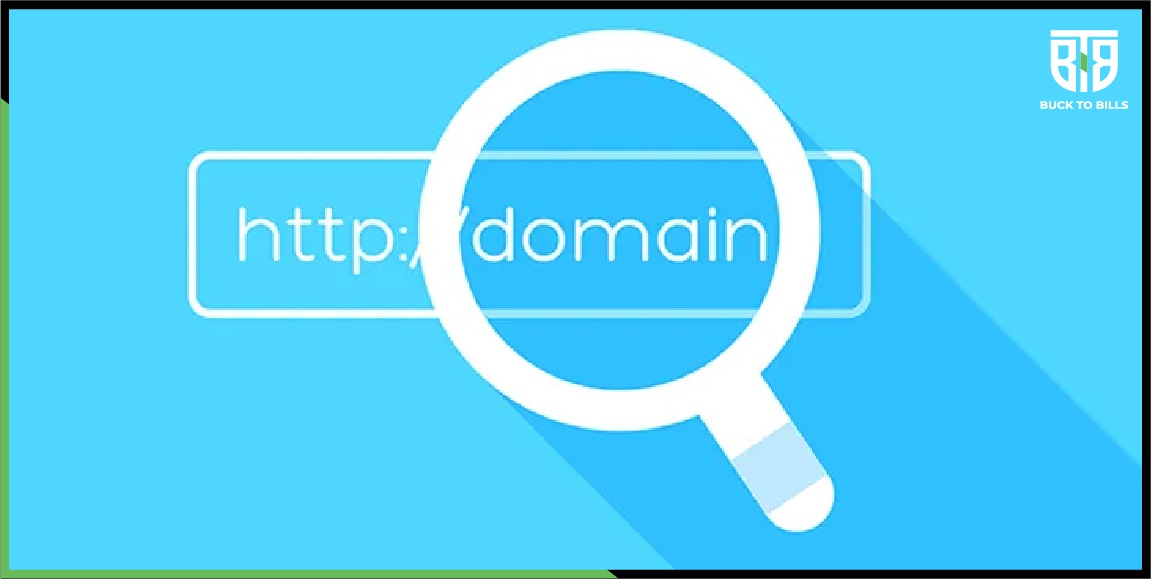
STEP 3:
Now it's time to host your blog. It is not as complicated as it sounds. To get your blog live, you need Web hosting. You have numerous web hosting companies nowadays for your assistance with good package deals Ex: Wix, Bluehost, etc.STEP 4: WordPress
You need to have blogging software to run your blogs on. I prefer to use Word Press as it is simple, free, powerful, reliable, and user-friendly. It is just five-clicks away from installation and free to start with. After finishing the installation process, you can log in straight away and start working on your blog. However, you are free to take your call as there are various other options available out there.STEP 5: Designing blog:
Word Press has numerous themes that suit your requirements. You can change your theme anytime, so don't spend too much time on this step. If you' re not satisfied with the free version themes, there are a range of impressive premium version themes that might interest you.STEP 6: Customization:
There are several customizations you can make to your blog using Word Press as per your blog requirements. You can use themes to build the design of your blog, plugins to build core functionality like contact forms, add slides, and forums, etc.You are done with your blog as soon as you are done with your initial settings and good to start adventuring on your new blog. Happy blogging.

